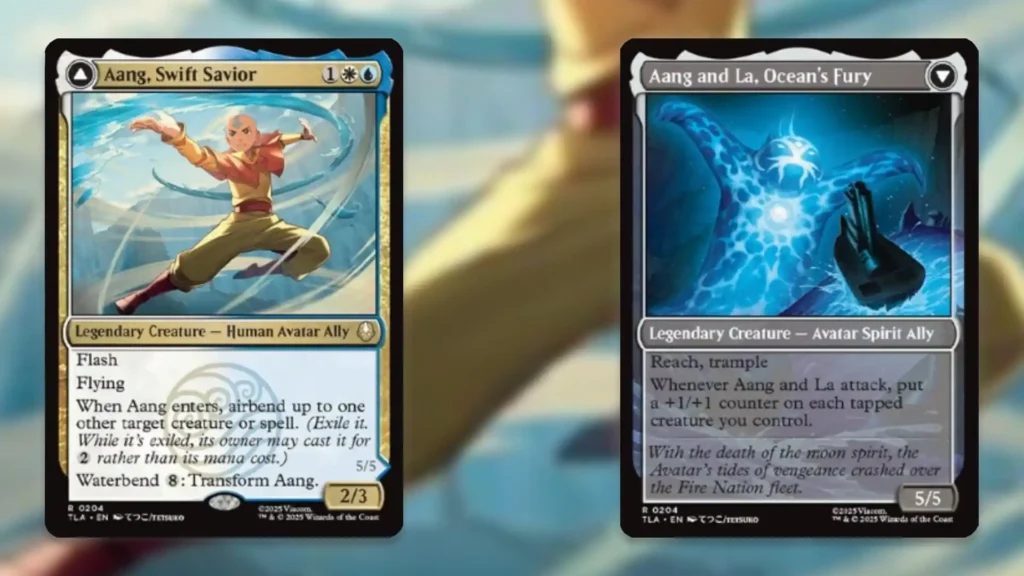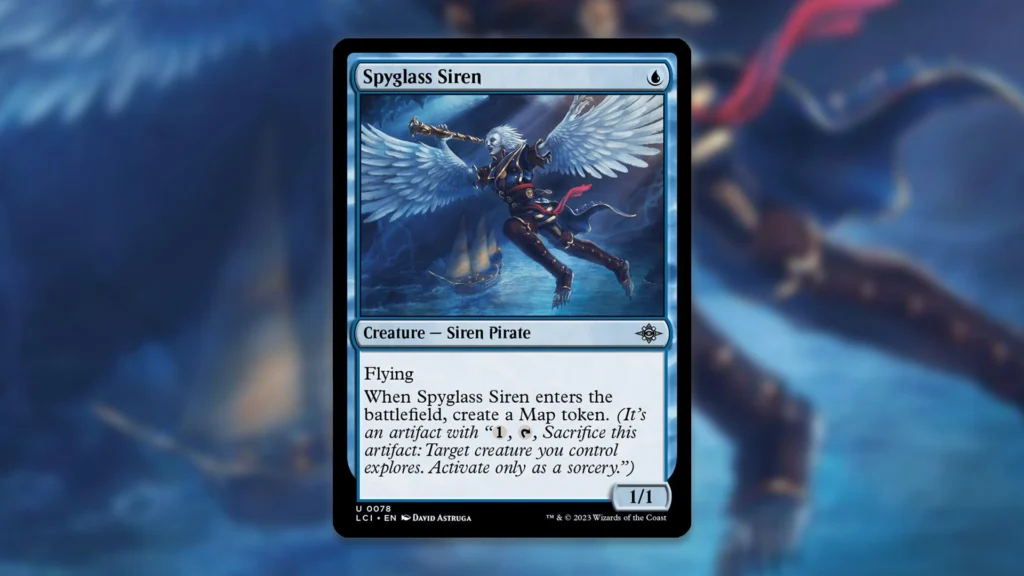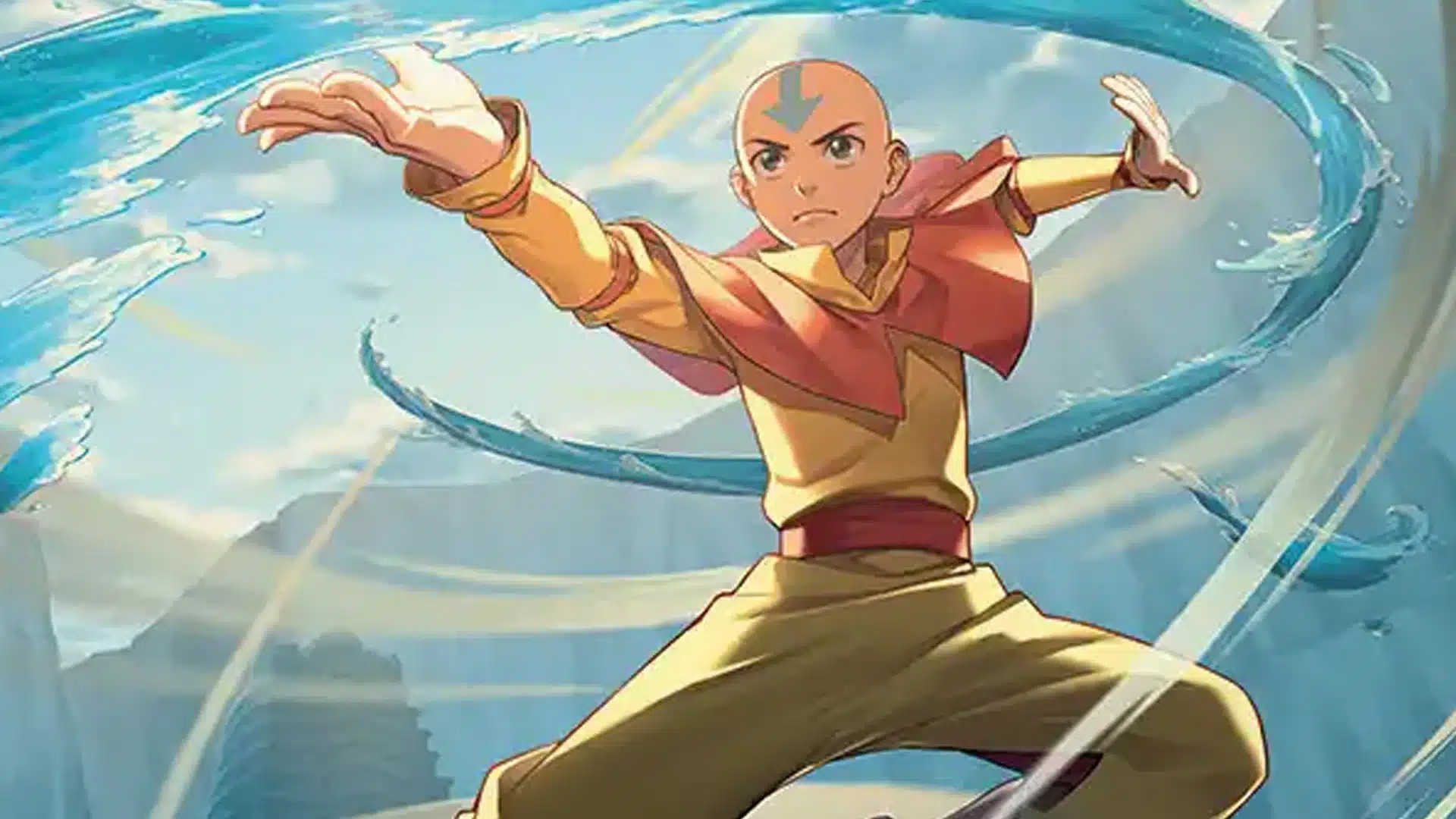As is typical for full Universes Beyond sets, the most iconic characters from MTG Avatar appear in a multitude of different designs. In Aang’s case, we’ve already seen a handful of legends of various rarities and color combinations representing the character’s growth.
Interestingly, while Avatar Aang is certainly the flashiest of the bunch, it may not be the best. That honor goes to Aang, Swift Savior, representing Aang at the end of Book 1. There are tons of ways to take advantage of its abilities, making it a strong consideration for archetypes across multiple formats.
Maximizing the Front Half

Part of what makes Aang, Swift Savior such an appealing card is that while transforming it isn’t easy, the front half pulls its weight by itself in many scenarios. It has a lot in common with Aven Interrupter as a disruptive element, temporarily delaying board wipes and other strong plays to help you cross the finish line. It also pairs well with Interrupter, since the Bird further taxes any spell you Airbend. What really sets this card apart, though, is the fact that it doubles as interaction for creatures already on board.
This gives Azorius tempo decks maximum flexibility regardless of the matchup. In Standard, if you’re on the draw against mono-red aggro and your opponent sneaks in Screaming Nemesis, Aang can always exile it and help you stabilize. The 2/3 body conveniently blocks Razorkin Needlehead and outsizes two-damage removal. Meanwhile, against control decks that have very few creatures to target, keeping powerhouses like Beza, the Bounding Spring off the board for a turn can be the difference between winning and losing. Aang even cleans up creature tokens for good, which comes up versus Stormchaser’s Talent decks.
As such, this card could prove to be exactly what Azorius Tempo decks need to compete in Standard. After all, there are already proven Flash powerhouses like Floodpits Drowner and Enduring Curiosity to further bolster this gameplan. This doesn’t even factor in Aang’s ability to protect your own creatures from removal spells, which puts it over the top.
Meanwhile, in Pioneer, Aang’s applications get even wider. Five-Color Legends and Multi-Color Humans are two archetypes that can’t afford to run much in the way of removal and are vulnerable to opposing kill spells. Aang helps on both accounts while fitting seamlessly into the Cavern of Souls manabase.
There are also some fun interactions to be had with such an efficient Airbender. Exiling your own copies of Valki, God of Lies in order to cast the Tibalt half later on is a powerful play to set up. Unlike Jace Reawakened, Aang is decent even when you don’t draw Valki to pair with it. This card offers so much utility, and we haven’t even gotten to the back side.
Maximizing the Back Half

While most of Aang’s power lies with its triggered ability, its activated ability is no joke with the right support. Efficient token-producing creatures like Spyglass Siren work to discount the Waterbending cost significantly. Importantly, there’s no sorcery speed restriction with regards to Waterbending. This gives you the luxury of holding up interaction, and if you aren’t forced to react, you’re free to sink your mana to transform Aang.
The reward of a beefy attacker that pumps all of your other tokens isn’t insane, but it does make it easier to close games. Tapping other creatures to pay Waterbend costs can even set up a gnarly Split Up if most of your opponent’s creatures are untapped.
In a Commander environment, any +1/+1 counters synergies make flipping Aang an even better proposition. Of course, it’s also a solid inclusion in any Ally-themed EDH decks as well, which are built to go wide and make transforming Aang a breeze. It’s hard to go wrong with a legend that provides value in so many different ways.
Stick with us here at mtgrocks.com: the best site for Magic: The Gathering coverage!
